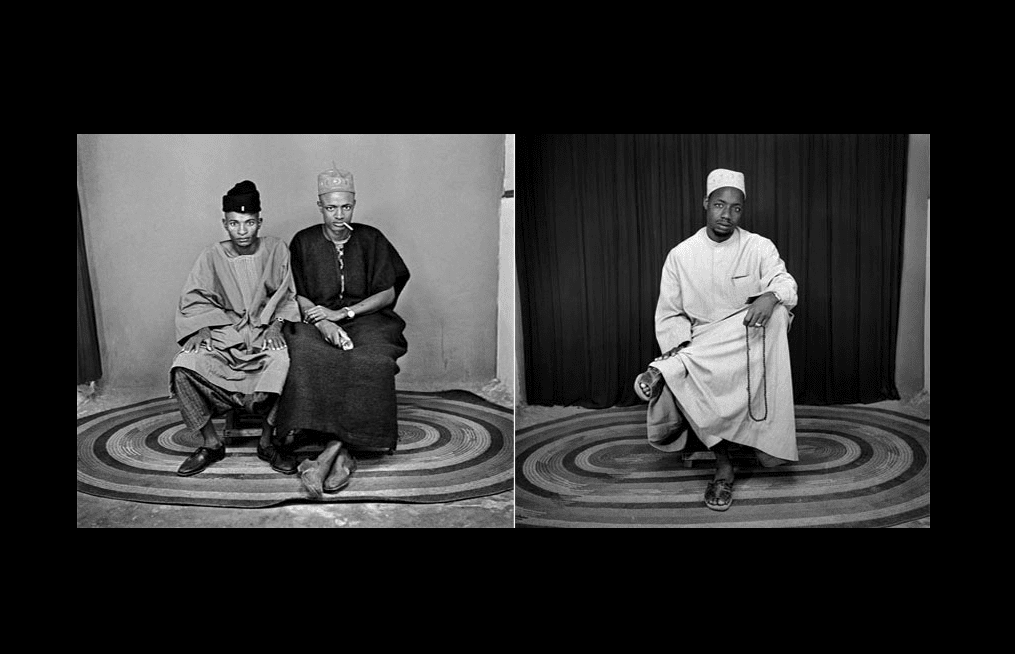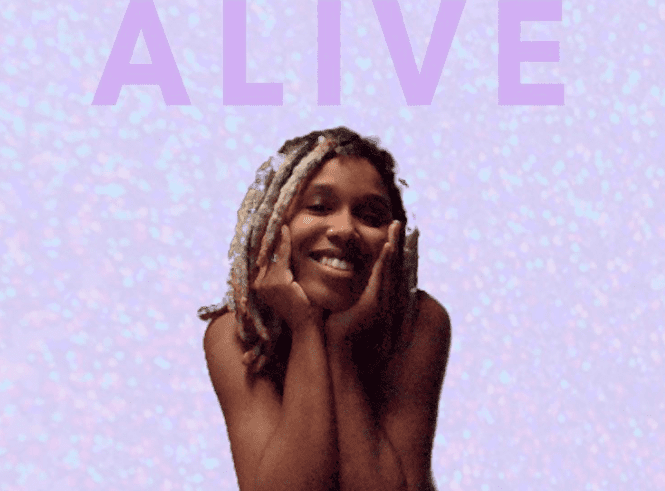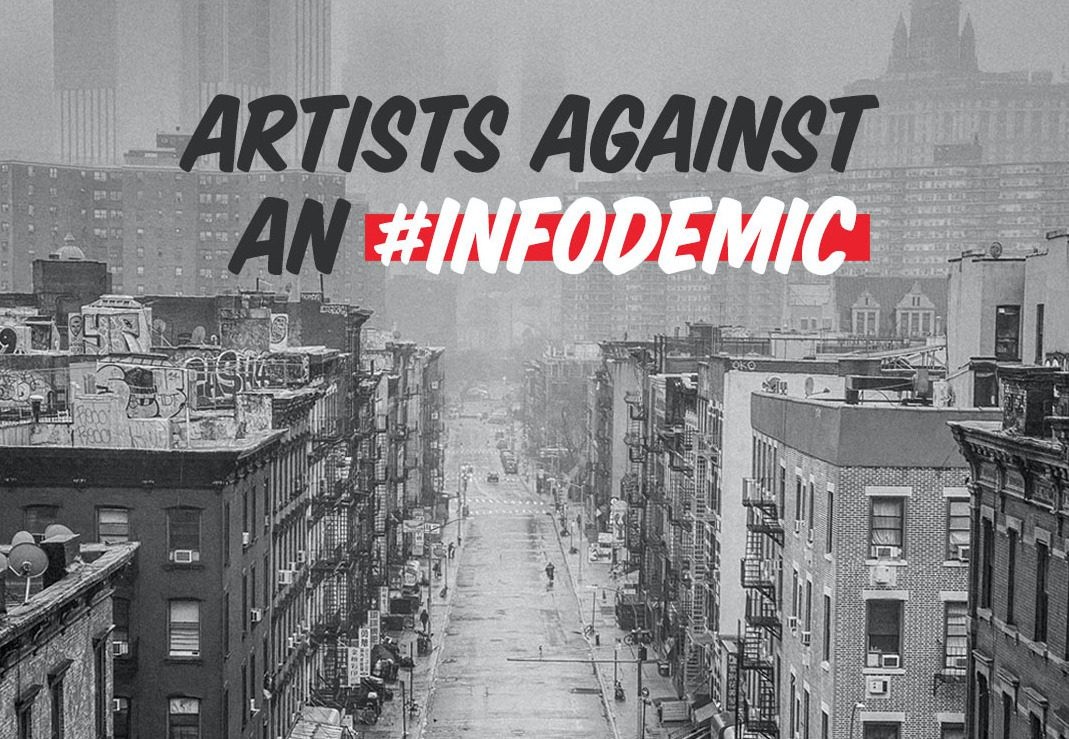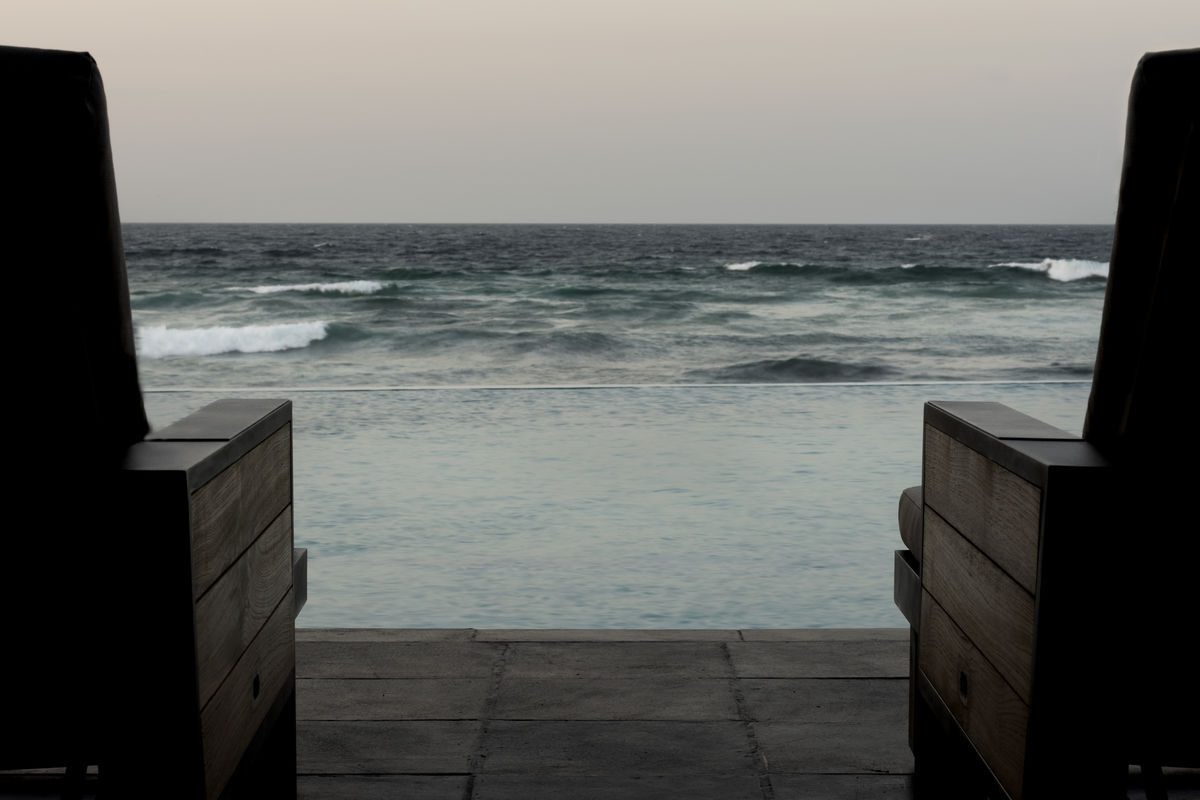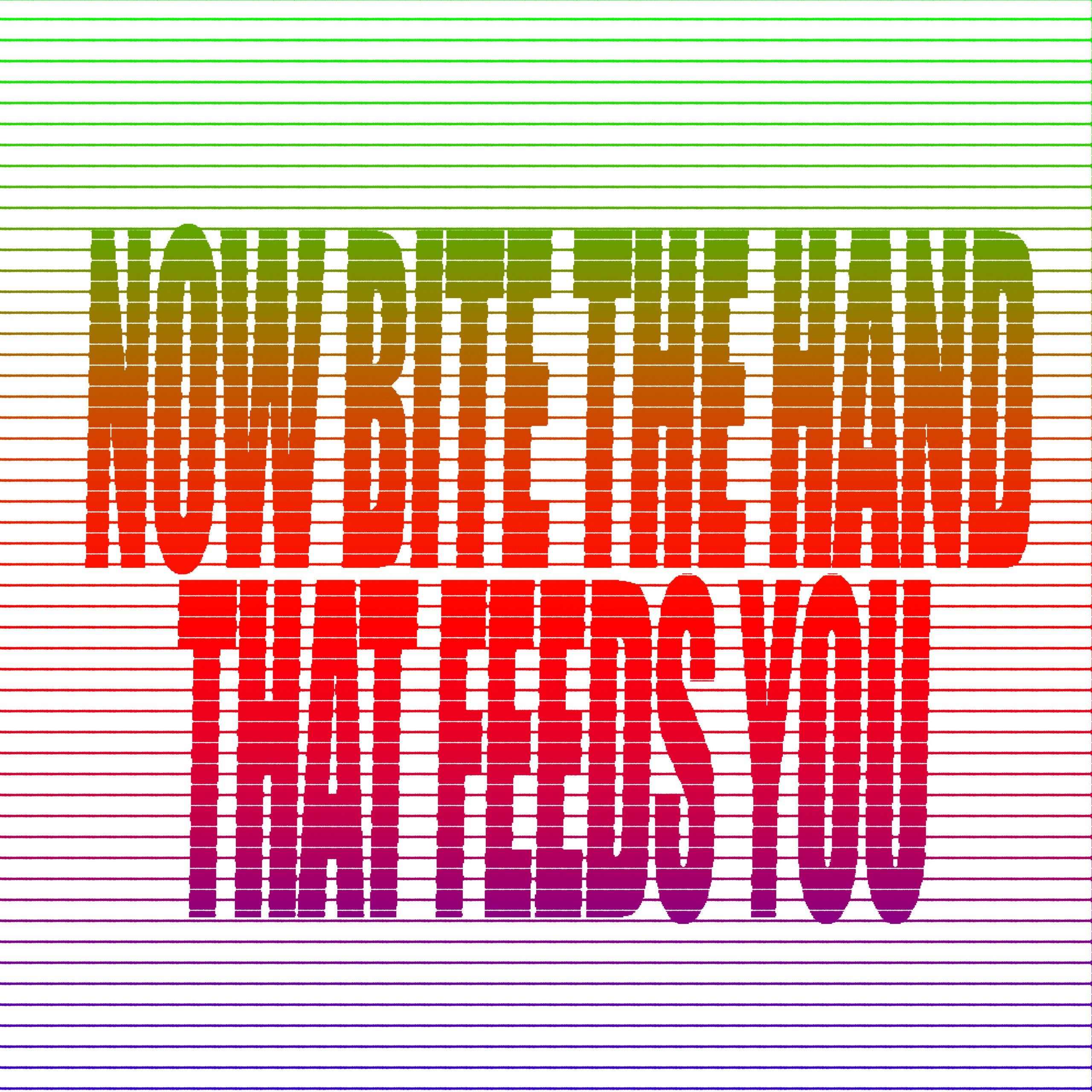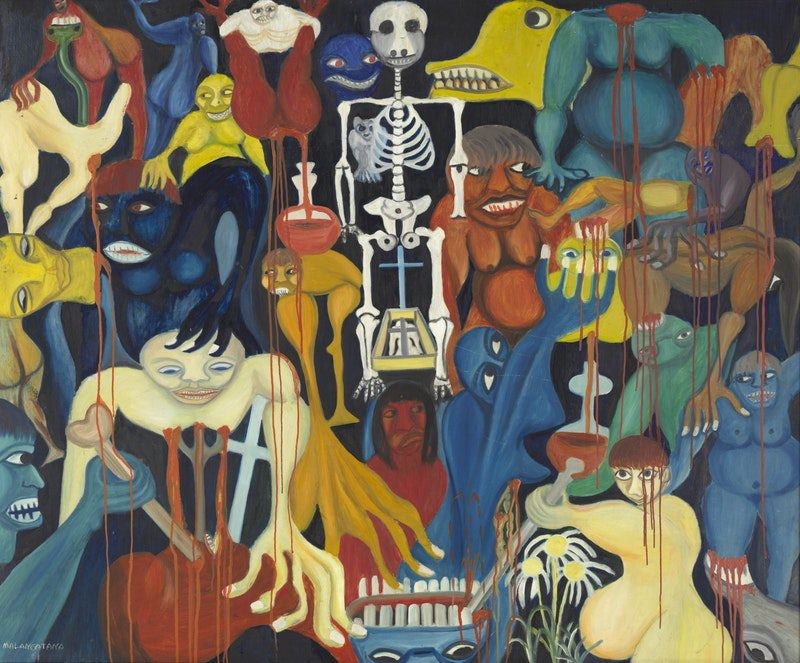
Malangatana: Mozambique Modern
20 October 2025
Art Institute of Chicago presents a solo exhibition by painter, poet, and revered national hero Malangatana Ngwenya (1936–2011), whose work eludes singular definition, and yet he was commonly known by a single name—Malangatana. Born in Mozambique, this pioneer of modern art in Africa developed his unique painting style early in his career, an aesthetic defined by a dense assembly of figures; phantasmagoric depictions of animals, humans, and supernatural creatures; and a palette of both bright and dark colors. His work embodies the new artistic vocabularies that arose in Mozambique in tandem with the struggle for a liberated nation, much as they did in other parts of the African continent. Though largely self-taught, Malangatana took painting classes in the late 1950s at the Industrial School and the Art Club of Mozambique—the latter a center of artistic activity in the capital Maputo (then Lourenço Marques). In this period, he became active in the cultural milieus of Maputo and found his first teachers and sponsors in artists and architects João Ayres, Augusto Cabral, and Pancho Guedes. While his first paintings show traces of the European modernism he encountered in his art education and through his mentors, Malangatana quickly established his own aesthetic. Simultaneously he honed his distinctive allegorical approach to depicting daily life in Mozambique, mixing symbols and motifs culled from his experience of local craft, Christianity, and the folklore of the culture he belonged to, the Ronga. The changes in Mozambique’s political history during the 1960s and 1970s significantly impacted Malangatana’s life and work. A Portuguese colony until 1975, Mozambique was among the last African countries to gain independence from colonial rule. As the quest for liberation grew with the formation of the Front for the Liberation of Mozambique (FRELIMO) in 1962 and the armed resistance against the Portuguese in 1964, a strong anticolonial sentiment and a need for new artistic and cultural forms emerged. Malangatana had touched on social and political themes in earlier work, but from the mid-1960s through the 1970s he articulated them more explicitly, while always retaining an allegorical tendency in his approach. This presentation is both the first survey of Malangatana’s early work since his death and the first solo exhibition of a modern African painter at the Art Institute. Bringing together over 40 key paintings and drawings, the exhibition highlights the years between 1959 and 1975 as a period in which Malangatana embarked on bold formal experiments and painted the rapidly changing world around him, inviting us to consider his development as an artist part and parcel with the emergence of modern art in Africa. Art Institute of Chicago Michigan Avenue Entrance 111 South Michigan Avenue Chicago, IL 60603 artic.edu
